Value in art has various meanings, but for the purpose of this post, we will be referring to value in relation to color theory.
Value in art is essentially how light or dark something is on a scale of white to black (with white being the highest value and black being the lowest value).
It is widely considered to be one of the most important variables to the success of a painting, even more so than your selection of color (hue).
Value in art should be simple to understand. However, the inclusion of color can make it a challenging concept to grasp.
You could have two different colors which appear completely different but have exactly the same value. There would be little contrast between these colors despite the different hues.
On the other hand, you could have many different values of the same hue. These are called tints and shades. You can produce tints of a color by adding white and shades by adding black.
- The Value Scale
- What Is the Relationship Between Value and Color
- Limited Value Ranges
- How to Improve Your Understanding of Value
- Summary
- Thanks for Reading!
The Value Scale
Below is a scale of values ranging from 1 to 9:

The number of values between white and black is actually infinite, however, for simplicity, artists prefer to reduce the range to a scale of 1 to 9 or 10.
All the colors in your painting can be placed at some point on this scale.
You do not need to utilize all values in this scale. Many artists prefer to use just a limited value range, which can promote harmony in the painting. We will discuss this later in this post.
What Is the Relationship Between Value and Color
Every color has an underlying value somewhere between white and black.
Let’s take a look at the relationship between value and color by using the standard color wheel below:

Now here is the standard color wheel with no actual color:

Notice how different colors have different values. Not all colors are equal in terms of light and dark.
Now for each of these colors, you can have an individual value scale, with tints all the way up to white and shades all the way down to black.
So as you can imagine, there are an infinite number of potential colors you could mix even with just a limited palette.
Notice how many colors in the color wheel have similar values, despite having very different hues. When placed next to each other these colors would have very little contrast in value and your eye may find it difficult to identify which color has more importance in your painting.
Value is a much more powerful structural element in your paintings compared to the hues you use. In fact, the hues you use have little importance in setting the structure of your paintings. That is not to say color is not important. Color has an extremely powerful physiological importance in your paintings.
In the fauvism movement, artists like Henri Matisse recognized this and he would use wildly inaccurate hues, but the values were generally correct and his paintings still looked somewhat realistic.
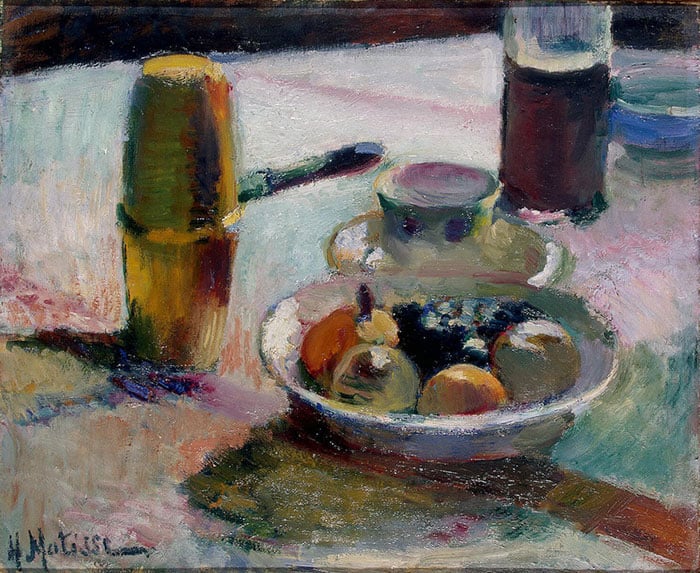
I will demonstrate how value can completely set the structure of a painting regardless of color using the following painting by Claude Monet:

Now let’s take out all the color from the painting.
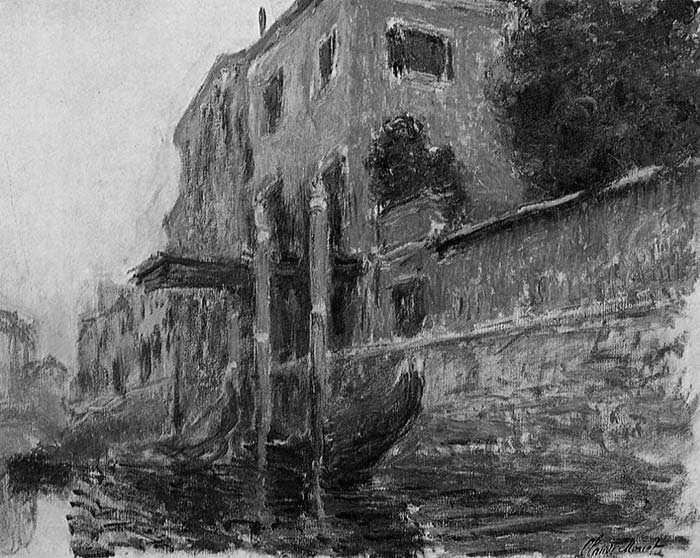
As you can see, Monet’s values are all true and the structure of the painting is set using these values. The colors have much more emotional importance in the painting, rather than structural.
If Monet did not use accurate values and tried to differentiate the different objects using just colors, shapes and lines then it would probably look like an abstract painting with very little direction.
This is why many oil painters start with an underpainting of dead color just to set out the different values. They then add color on top of that.
Limited Value Ranges
As noted earlier, many artists prefer to utilize a limited range of values in their artworks. This can help promote harmony in the artwork, as it is easier to retain a level of consistency with just a limited value range.
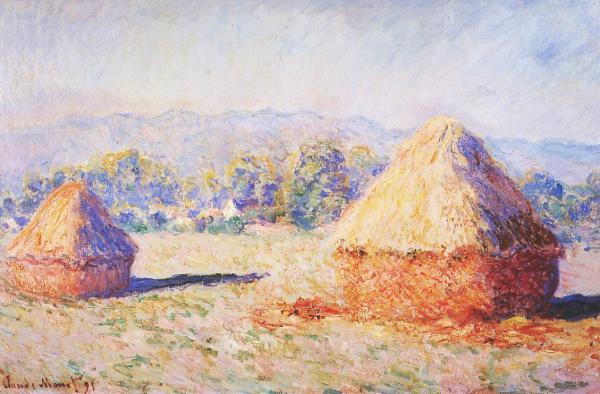
Claude Monet used a very high key value range in many of his paintings (a limited range of high values).
This can produce an almost glimmering effect and is perfect for bright, glaring scenes.
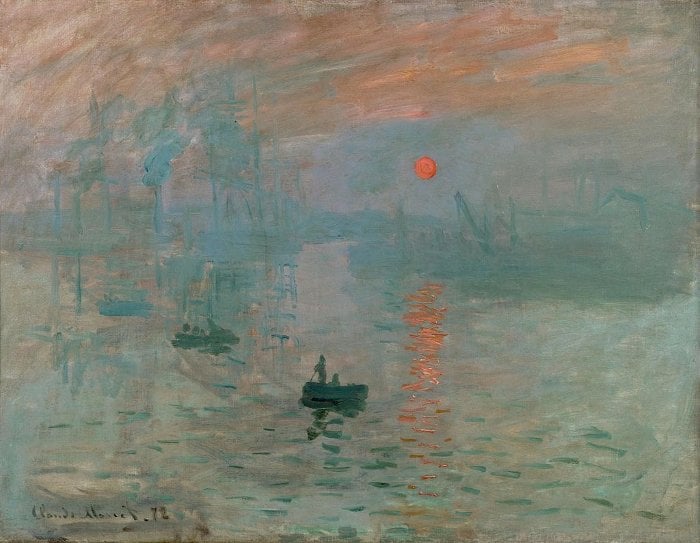
In Claude Monet’s painting Impression, he uses a limited range of mid values, apart from the closest boat which is considerably darker in value (this produces a very strong contrast).
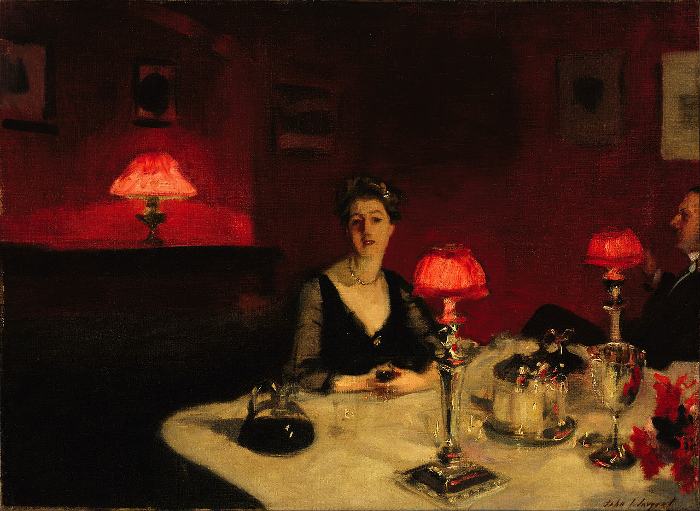
In the painting above by John Sargent, a suitably low-value range is used to portray this warm interior scene.
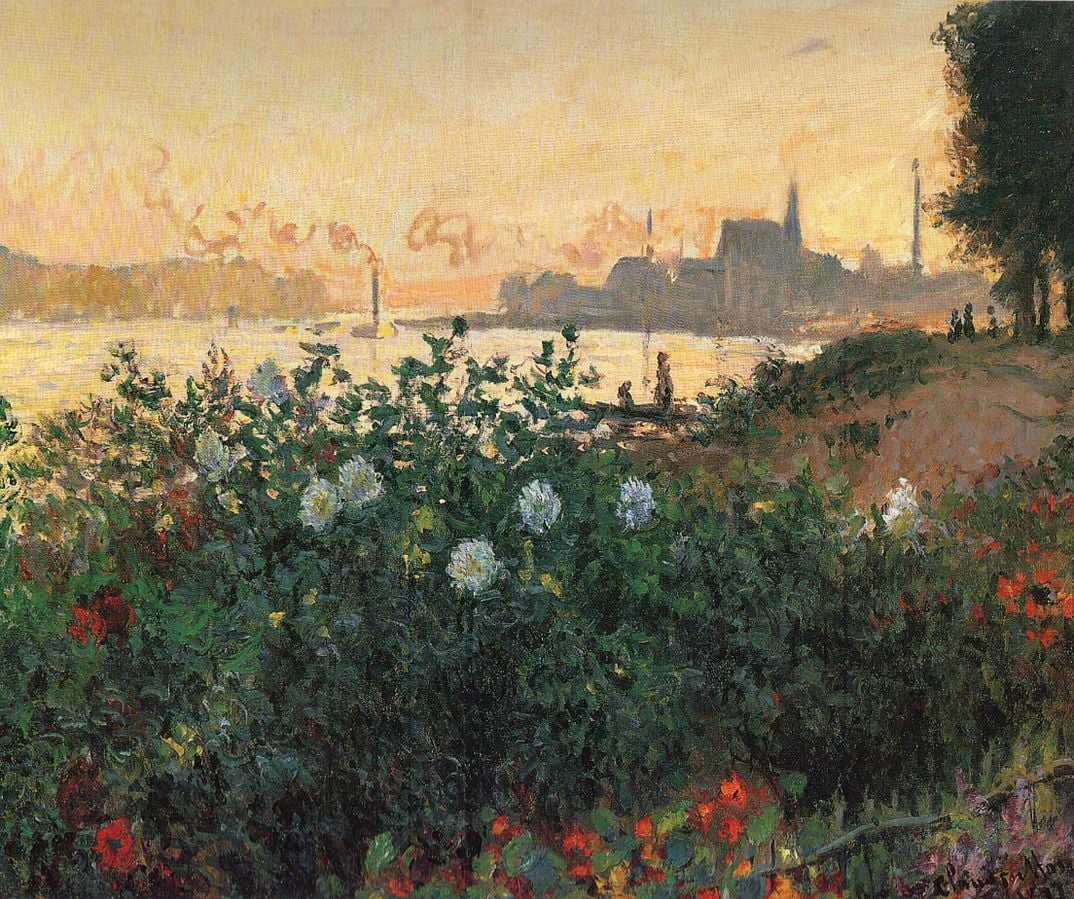
Claude Monet utilizes a much broader value range in the painting above, with bright yellows and oranges contrasting against the dark foreground area. To retain harmony in the painting, he seems to only use a limited number of hues in the painting (yellows, oranges, greens and reds). The result is an almost glowing effect, with a strong contrast between the values.
How to Improve Your Understanding of Value
The absolute best way to improve your understanding of value in art is to draw without color using charcoal and graphite. Drawing takes away the complexity of color and forces you to think in terms of light and dark.
Once you are able to draw value, then all you need to do is incorporate color.
If you try to understand value without forming a solid knowledge base with drawing, then you may struggle to truly appreciate the importance of value (as many seem to be much more interested in the different hues).
This post is not a beat-down on color. Color is amazing and should be fully appreciated. However, in order to understand color it is essential that you understand value.
You can read more about color theory here.
Summary
I hope this post helps you understand what value in art means and why it is so important.
If you can master the balance between light and dark, then most of the hard work is done in your paintings. You have much more lenience with your selection of hues, provided your values are true.
A common trait among most of the great artists of history is their mastery of value. Most of them placed a priority on mastering drawing much before mastering painting.
If you have any comments regarding value in art, please share them in the section below.
Thanks for Reading!
I appreciate you taking the time to read this post and I hope you found it helpful. Feel free to share it with friends. If you ever want to learn more, check out my Painting Academy course.
Happy painting!
Dan Scott

Draw Paint Academy


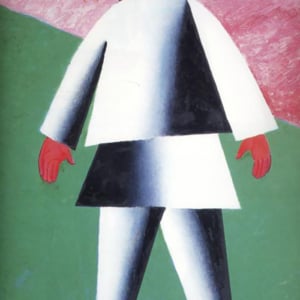

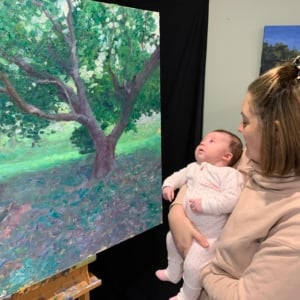


Thanks once again Dan for your in sight. You have hit the nail on the head I think. I attended a 3 day workshop last year under a prominent Australian artist who sells paintings for thousands, and that was his number one message, get the values right and the painting will sell itself.
Thanks Norm! Who was the artist?
Dan
Thank you! My brain does not always think or work the way most people’s do and sometimes unless I hear something explained a certain way I just can’t seem to grasp it, so I always put off reading more about it. You really helped me to understand it better so thank you so much!
Glad to be able to help Kathy!
Regards
Dan
I’ve been looking for an explanation of what value is and what it isnt all over the Internet but after reading your article I think i finally get it. Thanks, Dan!
Glad to hear Anna! Dan
a very helpful article for a beginner thank you!!
No problem at all. Just happy to help! Thanks, Dan
Thanks for this Dan.
I was married to an artust for 20 years but nothing rubbed off on me. I knew what values were when I saw a painting but I did not know what made the values.
Your posts are so very helpful.
I’m an art teacher and have been looking for a clear explanation for students between the terms Tone and Value for a while. I’ve also never found a colour wheel reduced to black and white to demonstrate the value of different colours(so thank you for that). I also grew up referring to tone as a range of colour density vs a diluted colour that would be a wash and approach the white of the paper. How would you describe the difference of Value as having shades and tints. By adding black and white. There seems to be a lot of overlap between the 2 terms and a cause for confusion.
Let’s start with tint-tone-shade by using white-gray-black.
Next, each color has a value, i.e. a degree of light and its gravity to dark as Dan explains above. This is the inherent dark/light in color itself regardless of the process of altering the color and its value.
So separation of terms before the mixing process. To drive the point home, let’s take yellow the highest color, what does the image needs? lighter or darker? what degree of dark tone, or shade?
Personally, I am not for tonal paintings. I love color for the sake of color, tone is incidental.
Would you kindly explain to me why the centuries-old word known universally as TONE—which more than adequately covers the material matter of this blog—has now been replaced by the nonsensical (to me) word “value”? It simply doesn’t make sense to me. I instinctively understand that tone means the darkness or lightness of a colour, hue, tint or shade. “Value” means something’s monetary worth. “Tonal value” makes sense but to drop the “tonal” and just retain the “value” renders it redundant. Thanks in anticipation of an answer.
Good question Alan. There does seem to be some overlap between the two terms. My understanding is that tone is used more broadly, whilst value has a more narrow meaning. There is some interesting discussion on it in this post:
http://www.wetcanvas.com/forums/showthread.php?t=543997
Thank you for your kind and prompt reply, Dan. I have now read and absorbed all the comments in the forum you provided (and noticed the vast amount of confusion created). My take on the subject has not altered. The word ‘tone’ has been used traditionally, throughout the history of art, to determine the lightness or darkness of a colour, nothing more. All old text books clearly show this.
At some stage, in fairly recent history, the distinction between the various tones was described as its ‘tonal value’, which again makes sense. The confusion crept in when the word ‘tonal’ in that description was lazily omitted and the word ‘value’ on its own, in isolation, became a new slang buzz word. ‘Tonal value’ makes sense: ‘value’, alone, does not! It might make sense to all those younger artists who were brought up with this abbreviated slang term, but it certainly only serves to annoy those of us who were brought up with traditional meaning of ‘tone’ (and ‘tonal values’).
Thank you for the opportunity to join in the discussion.
Really interesting. I have never grasped the importance of tonal values or understood why they are a or more important than hues.
Really interesting. I have never grasped the importance of tonal values or understood why they are as or more important than hues.
I dont understand the value scale with regards to the numbers associated with it. a high key painting has low values in the painting? why wouldnt high equal high and low equal low? also it says it starts from dark and goes to light, to me means starts at 0 and gets higher, but it is the opposite. why? very confusing. i do understand everything else about value however.
Thanks,
Craig
I never understood a word my instructor said in my color theory class. Luckily I see color, but have struggled with color theory. Your simple guide has helped me immensely.
Thank you! Super helpful!
Absolutely true! There is a lot to art. All the meaning, visuals as well as the story it tells. Bake it well, and it will come out stunning.
It is my understanding that a color is a tone if you mix it with gray. Thus tint, tone, and shade are mixes with white, gray, and black respectively. But pure unmixed colors all have intrinsic values which is why value is used in general, and tone is used to describe colors mixed with gray. Artists still use the two words interchangeably, but you should be careful about that if you teach art.
Regards the term ‘value’, it comes from the French as a direct translation of the term ‘valeurs’.
I’m no linguist but isn’t values / tones the same or similar? Could you also say intensity of tone?
Differences in colour are noted by tints & shades, tonal differences are noted by values.
Thanks for the article, very interesting.
Halfway thru a painting I take a picture with my IPhone and edit it to black and white .
The values show very clearly !
Mistakes suddenly visible!
Fantastic tool!
Wow, what an insightful post about value in art and its importance, Dan Scott! 🎨 The way you’ve explained it in relation to color theory makes it easier to understand. It’s fascinating how the lightness or darkness of something can have such a significant impact on the success of a painting. The examples you provided about different colors with the same value and the variations in tints and shades really highlight the complexity of this concept. As an art enthusiast, I always find discussions about color theory and value to be so engaging! Thank you for sharing this valuable knowledge with us. Do you have any personal tips or experiences with using value in your artwork that you’d like to share? Keep up the fantastic work! Looking forward to reading more from you and the other commenters!
Never quite understood why a certain piece of Art …. apart from the name attached to it… is so highly valueable when others that look seemingly similar are not. What are the criteria? Thanks for clearing that up a ton! Keep it up Mate!